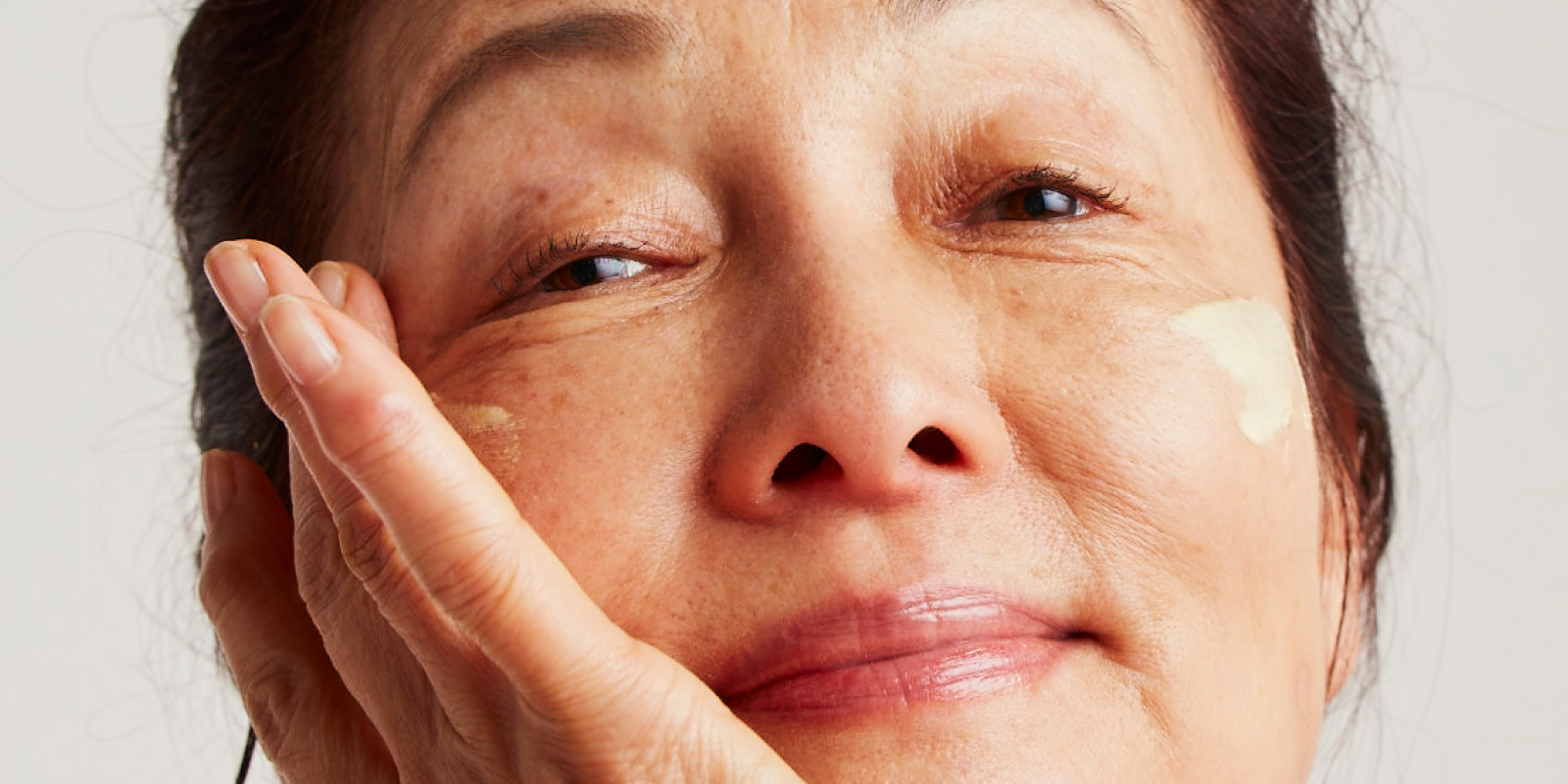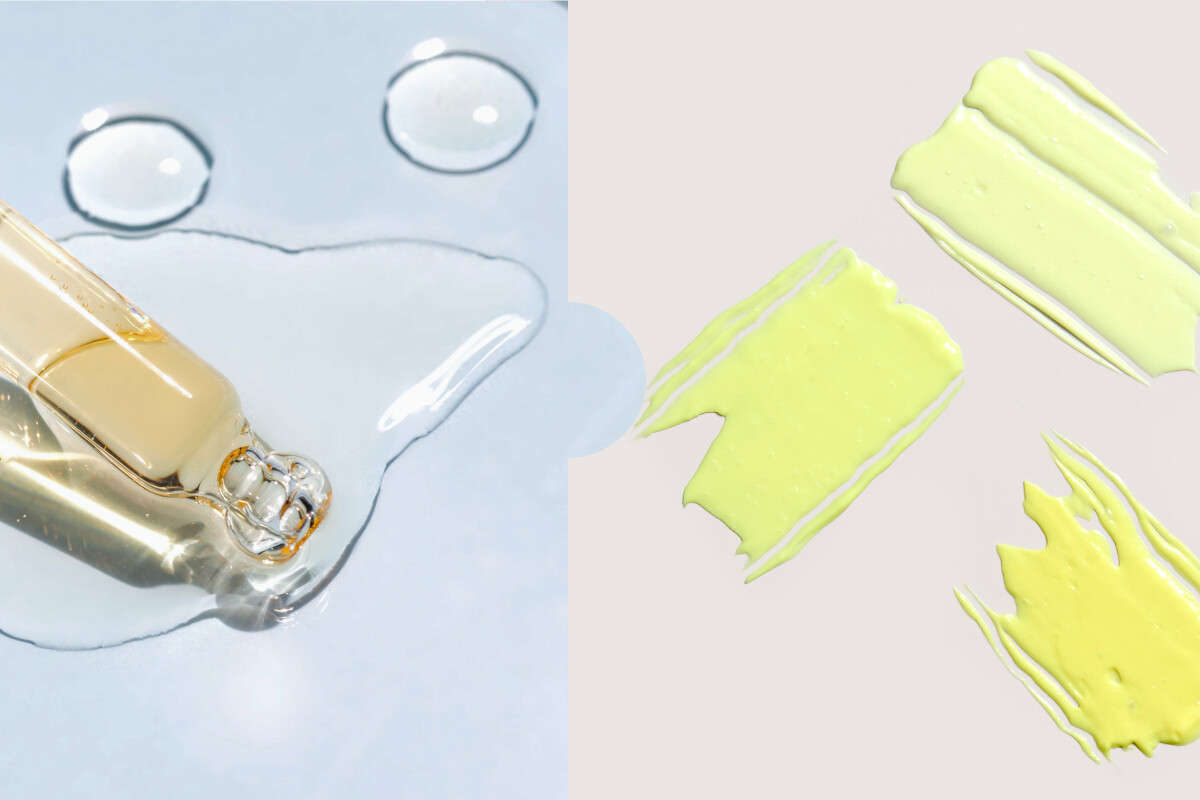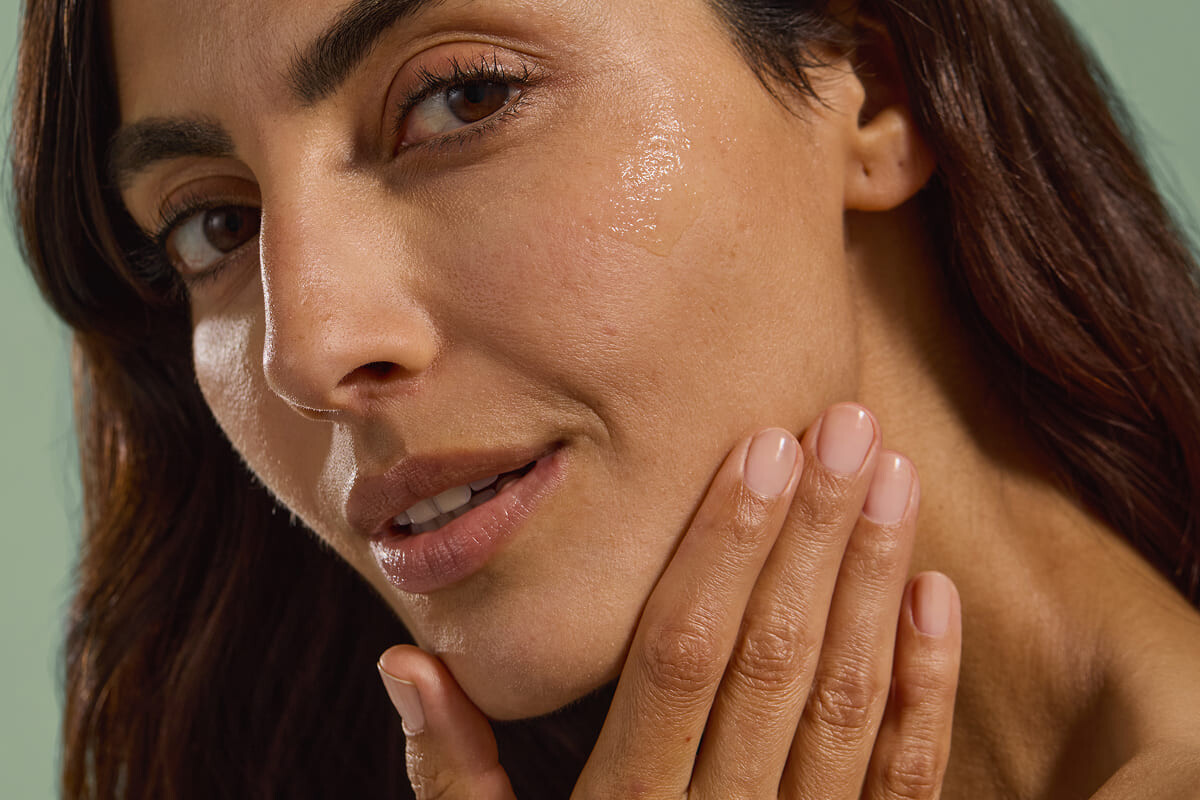Ask a derm: Can the sun make your skin condition worse?
UV radiation has a number of damaging effects on the skin that can worsen over time, the more you’re exposed to the sun:
– UV oxidative stress, which damages cellular structure
– Preventing dead skin cells from shedding normally
– Affecting the normal functioning of oil glands, increasing sebum production
– Triggering hormonal changes that lead to pigmentation [2, 4]
In the long term, overexposure suppresses the immune system within the skin, making it harder to repair itself and protect against environmental stressors. This not only accelerates skin aging but also raises the risk of skin cancer. [1]
What does UV damage look like?
UV stands for ultraviolet. This type of radiation comes from the sun and artificial sources like tanning beds. When UV rays penetrate exposed skin, they can cause significant DNA damage to our skin cells. [1]
UV damage shows up on the skin as:
– Fine lines and loss of skin elasticity: UV rays break down collagen and elastin, the fibres that keep skin firm and smooth. [2]
– Hyperpigmentation: These include dark spots, sun spots, freckles, and melasma, all of which result from excess melanin production stimulated by UV rays.. [3]
– Uneven skin tone and texture: Skin that’s been overexposed to UV may appear rough, dull or ‘leathery’. [2]
– Dryness and dehydration: UV exposure compromises the skin barrier, reducing its ability to retain moisture. [2]
– Visible blood vessels: Broken capillaries can appear, especially around the nose and cheeks. [1]
Adult acne and UV exposure
UV can increase oil production and inflammation, exacerbating acne. It can also reduce the effectiveness of certain acne treatments, slowing down progress. [5] Inflammatory lesions associated with acne are particularly sensitive to UV damage. UV exposure can also worsen the appearance of acne scars.
There’s a common myth UV’s antimicrobial properties can prevent acne — but in the long term, it worsens post-inflammatory hyperpigmentation and slows recovery. [2]
Rosacea and UV exposure
UV exposure is a well-known trigger for rosacea flare-ups because UV light intensifies inflammation. Both UVA and UVB rays can dilate blood vessels in the skin, increasing redness and flushing. [1, 2]
What are the long-term effects of UV exposure?
Prolonged overexposure to UV rays increases damage to the skin and heightens the risk of:
– Photoaging: the formation of fine lines and wrinkles, loss of elasticity, and sagging.
– Skin cancer: UVA/UVB rays can cause DNA mutations that may lead to skin cancers.
– Immune suppression: UV rays weaken the skin barrier and its natural defence systems, increasing the risk of infections. [1, 2]
Why does the sun cause hyperpigmentation?
UV activates pigment-producing cells in the skin, leading to areas of hyperpigmentation. This is why many people notice freckles appearing in the summer, but it can also result in dark spots, melasma, and uneven skin tone.
Excessive exposure can worsen existing post-inflammatory hyperpigmentation, deepening dark spots and making them harder to fade over time. [3, 7]
How does sun exposure cause early skin aging?
Photoaging is the term used to describe premature skin aging caused by repeated sun exposure over time. Visible signs of aging include fine lines, wrinkles, loss of elasticity and firmness, uneven tone or texture, and pigmentation (such as dark spots or sun spots). [5]
How to protect yourself against UV exposure
Everyone needs to protect their skin from UV exposure – whatever their skin type. But if you have sensitive skin or an existing skin condition, this becomes even more important.
Here’s how to protect your skin against UV damage:
– Use a broad-spectrum sunscreen with at least SPF30 every day, even when it’s cloudy.
– Reapply sunscreen every two hours – especially after sweating or swimming.
– Wear UPF protective clothing such as wide-brimmed hats, sunglasses and long-sleeved clothing. Stay in the shade where possible.
Dr. Shendy’s top treatments for UV damage
Because UV damage can permanently alter the DNA in your skin cells, prevention is key. But if you’ve already noticed signs of sun damage, there are a few steps that can help reduce its effects.
– Topical retinoids: These are the gold standard for reversing photoaging, fine lines, dark spots, pigmentation and uneven texture. Consistent use, combined with daily SPF, can visibly improve sun-damaged skin.
– Azelaic acid: Suitable for sensitive or reactive skin, azelaic acid helps to calm inflammation, reduce pigmentation, and support acne-prone skin.
– Vitamin C: A potent antioxidant that can help brighten pigmentation and protect the skin against free radical damage.
– Hyaluronic Acid: Helps replenish moisture lost through UV exposure, keeping the skin hydrated and supporting its natural repair process. Try it today in Daily Hydration 5HA+Cica Serum.
– Collagen supplement: Supports the skin’s structural integrity from within, helping to reduce the appearance of fine lines and wrinkles caused by sun damage over time. Start today with Collagen Complex.
– Sunscreen: Applying SPF 30+ daily is essential for protecting against further UV damage.
Dr Shendy’s top skincare for UV damage
– Clarifying Azelaic Acid 12–20% Cream – A powerful natural antioxidant that boosts cell turnover and helps to reinforce the skin barrier against environmental stressors.
– Advanced Dark Spot Corrector Serum – Combines three science-backed actives to treat pigmentation and visibly fade dark spots.
Dr Shendy Engelina’s UV advice
If you have acne, rosacea, eczema or psoriasis, you may be wondering what extra steps you can take to protect your skin and prevent flare-ups in the sun. Here’s what she recommends:
– Check your skin regularly for changes – including redness, pigmentation, oiliness or texture – especially in areas frequently exposed to the sun.
– If you have acne scars or uneven skin tone, use a topical retinoid every evening (if tolerated) alongside SPF during the day.
– Remember that UV exposure can interfere with some acne treatments – so it’s vital to maintain strong sun protection.
– Choose barrier-supporting moisturizers if you have sensitive, rosacea-prone or eczema-prone skin.
– Speak with a dermatology expert to find the best plan for your skin’s specific needs.
For all skin types, unprotected sun exposure increases the risk of photoaging, pigmentation, inflammation, barrier damage and skin cancers. Can UV damage make existing skin conditions worse? Absolutely. While topical treatments can help reverse some effects, the best course of action is prevention – starting with daily protection.
Find out what formulas are suitable for your skin by visiting our website.




